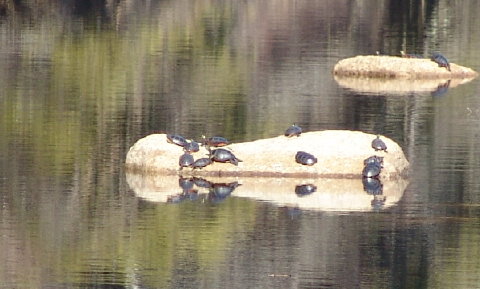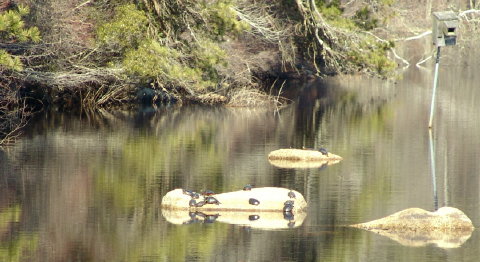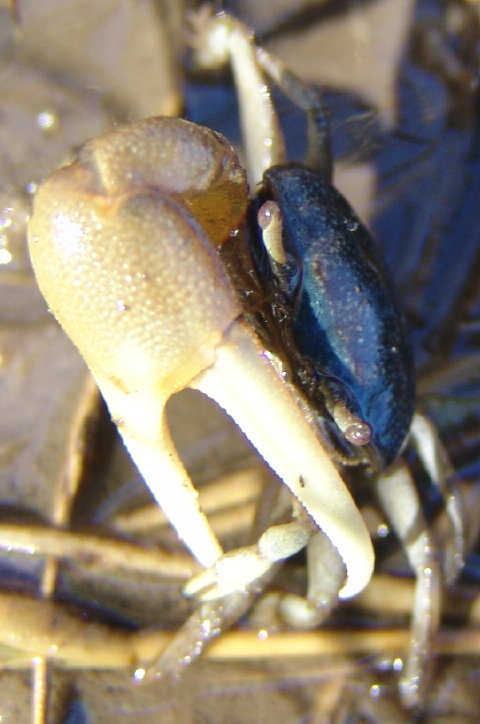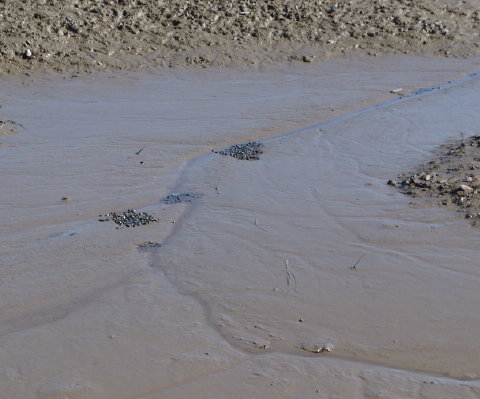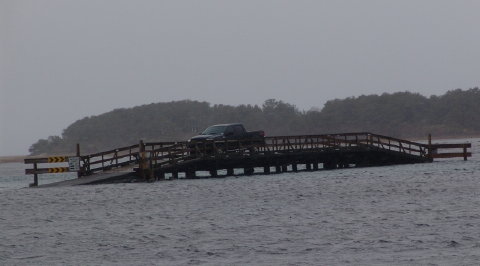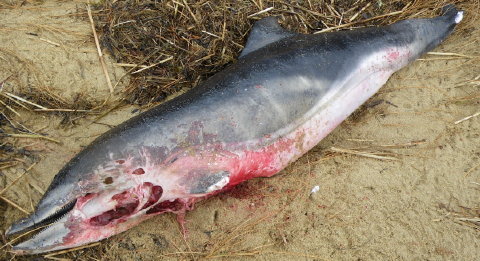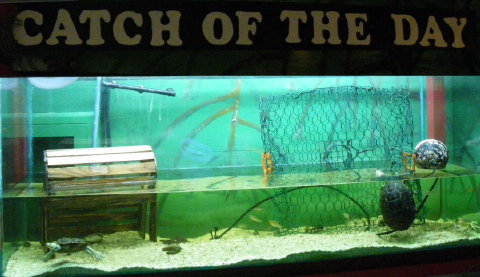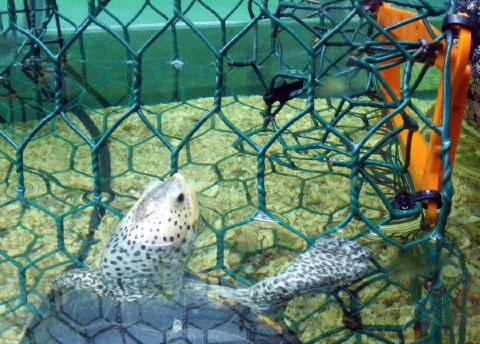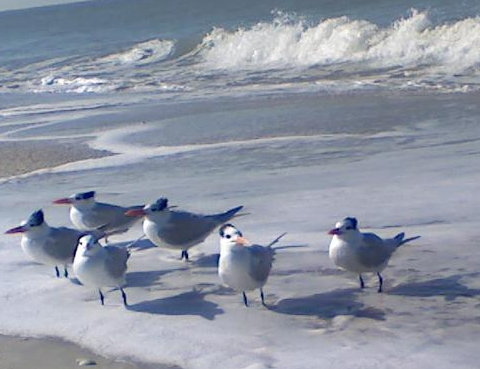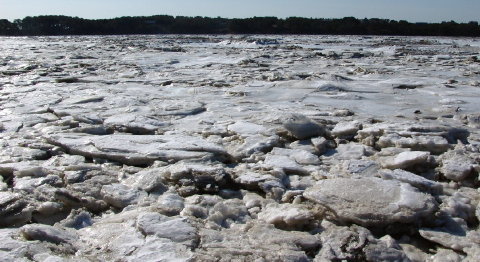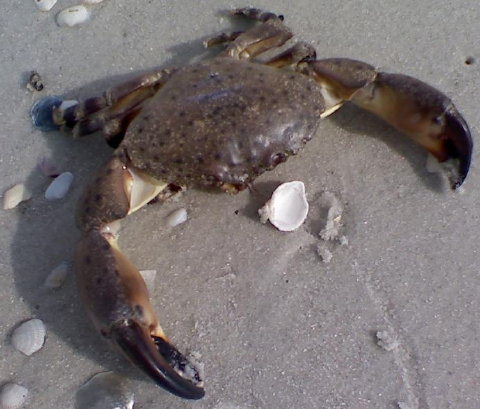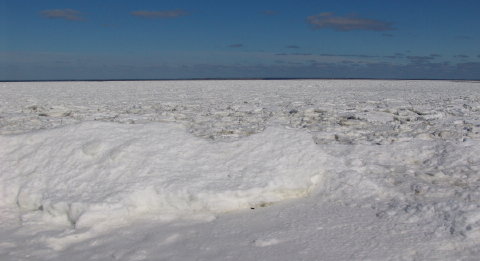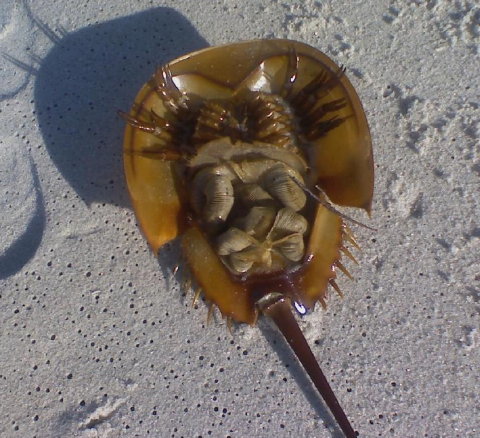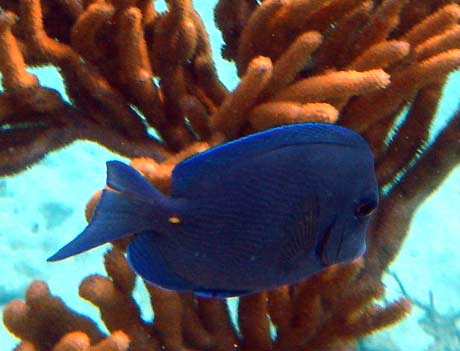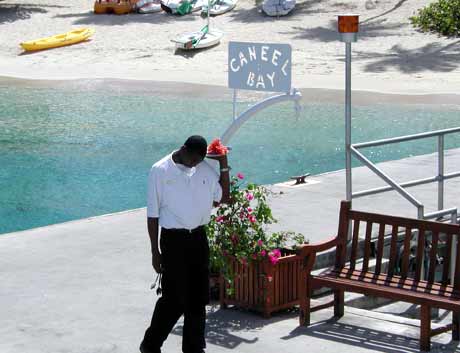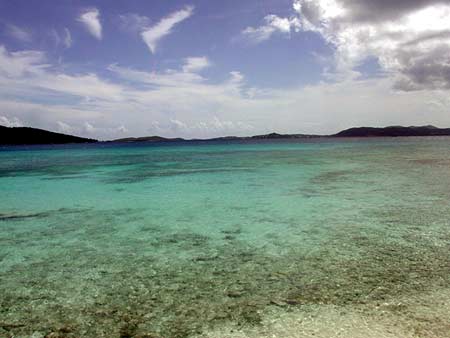Painted Turtles Basking in Marion’s Goldwitz Bog
Three solid days of open sunshine and 50º F midday temperatures enticed South Coast painted turtles to haul out of their winter hibernacula and to bask on warm rocks in Marion’s Goldwitz Bog. While there are many potential signs of spring, nothing says springtime more powerfully than a basking painted turtle in early March.
Spring Colors Blurred in Rising Water Vapor Transforms Nature to Monet
More than a dozen painted turtles clung to the radiating warmth of these rocks.
Snow Cover Lingered through Sunday at the Bog
Just yesterday, the pathway to the Goldwitz Bog remained buried in a couple of inches of crunchy snow. By this afternoon, snow had disappeared and turtles had re-appeared!
Fiddler Crab in South Wellfleet Marsh
A sure sign of spring in the salt marsh systems of Outer Cape Cod is the resumption of activity by fiddler crabs. As we patrolled the Fox Island Wildlife Management Area off Indian Neck, we found fiddler crabs scurrying beneath the winter Spartina patens and alternaflora.
Fiddler Crabs Resume Activity in Early March
The final precursor to spring is one that the Turtle Journal team detests. Also resuming activity in the oozy marsh channel of the Fox Island Wildlife Management Area were congregations of mud snails. While we have no objection to mud snails per se, they carry a parasite that transfers to human (READ: “our”) legs causing what is often described as “fisherman’s itch,” also know as schistosomiasis. Unfortunately, mud snails and diamondback terrapins share the same oozy habitat.
Mud Snails Congregate in Oozy Marsh Creeks
Welcome to Spring 2010!
